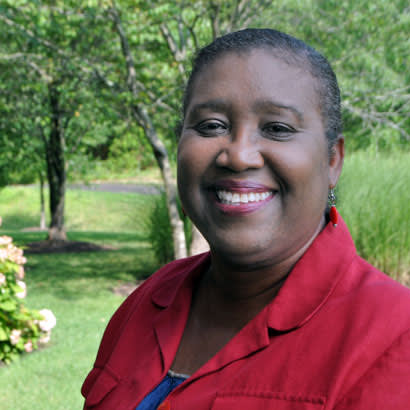
If the news was to be described in weather terms, the forecast for the end of August into September would have been pretty gloomy: the Amazon rainforest was burning and Dorian, a category 5 hurricane, decimated a sizeable portion of the Bahamas — and there’s roughly one more month of hurricane season yet to go! Into this stream of gloom came a viral video of two little boys, joyfully greeting each other on a New York City sidewalk, that not only lifts our spirits but illustrates the importance of community. How awesome would it be if we regularly greeted each other with such exuberance?
This year’s Social Equity issue focuses on the importance of making shared spaces welcoming and inclusive for all. In the cover story on page 30, “Social Media Enhances Inclusivity Outdoors,” we see how social media, which can quickly lift us up (like the video of the two young boys I mentioned earlier) or tear us down (like the swift backlash against a swim meet official who disqualified a young girl because of the way her team-issued uniform fit her), is being used to build diverse communities outdoors.
Writer Paula Jacoby-Garrett shares the stories of people from diverse groups that have historically been underrepresented in the outdoors. “…whether you’re fat, whether you’re brown or in any way not typical, the outdoors is for everyone,” says one contributor, and through social media, more and more individuals from diverse populations are sharing their stories, and selfies, to show others like them that they too can feel at home in, and should explore the benefits of, the outdoors.
In “Improving Systems to Achieve Equitable Park Access” on page 36, NRPA’s Rachel Banner and Jared Mummert, and MIG Inc.’s director of parks and recreation, Cindy Mendoza, use case studies to show how three communities across the country are designing and implementing plans, policies and funding opportunities to advance equitable access to parks.
Unsurprisingly, the key to creating welcoming spaces for all is not only to involve the people for whom these spaces are being created from the very beginning of the process, but also to really listen to them. It is, as the authors conclude, our responsibility as public agencies to understand any history (ancestral as well as recent), of the people in our communities and work with them and our partners to prioritize what’s needed to provide the best health and environmental outcomes for that community.
Paul Gilbert, director of NOVA Parks in Northern Virginia, touches on the variety of skills called on to create welcoming spaces in “That Must Be a Fun Job” on page 16. Park and rec professionals are uniquely qualified to help make these places special and equitable. After all, being welcoming is part of your DNA and you’re already working to make access to programs and facilities inclusive!
Sonia Myrick is the Executive Editor for NRPA's Parks & Recreation magazine.

